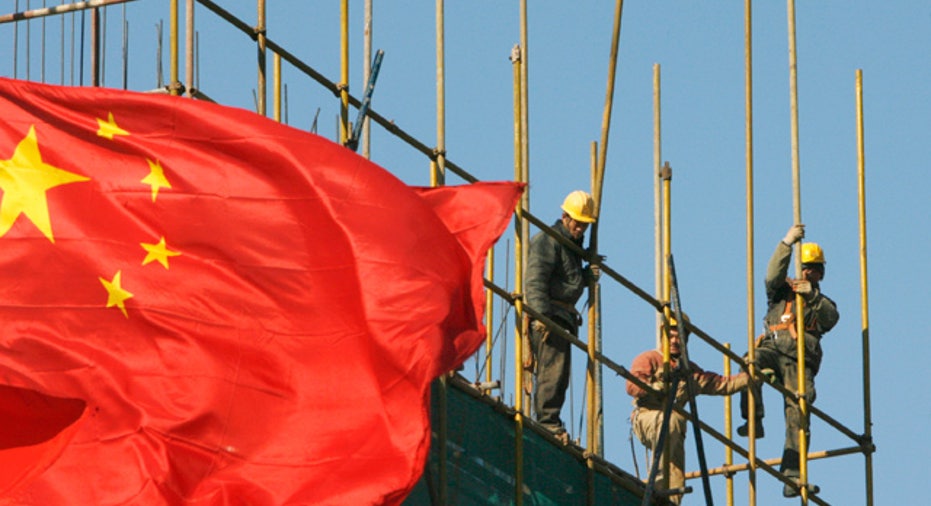Does Beijing Need to Rethink Its Auto Policy?

In 2000, consumers in China purchased some 1.8 million light vehicles, making the country the seventh-largest automotive market in the world. Just nine years later, China surpassed the United States to become the world leader in vehicle sales, and has continued to hold and extend that lead. During this period, the country has become a source of significant profits for OEMs and dealers alike.
Despite this success, China’s auto sector will undergo a stress test in the near future. China’s economy—the engine that has driven its automotive industry to record heights—is growing at the slowest pace in several years. Our research shows that new-vehicle sales are slowing, inventories are rising, and retail vehicle prices are deflationary. In the first half of the year, nearly one-half of auto dealers in China reported they were unprofitable compared with just nine percent in 2010.
Slower vehicle sales, however, is not the biggest challenge facing China’s automotive industry. In fact, new light-vehicle sales are expected to reach 19.5 million units this year, an increase of 8% compared with 2011. While this is not the double-digit growth that China regularly experienced in recent years, it is vigorous growth given the size of the market.
Instead, there are two critical challenges facing China’s auto sector today. Both are structural in nature, and self-created in origin.
The first challenge concerns the rampant overcapacity that exists in China’s automotive industry today. The country has the capacity to build an astounding 28.5 million light vehicles annually—some nine million units more than the market is able to bear in 2012. More unsettling is that another 10 million units of capacity is expected to be added within the next six to seven years.
How did this situation come about?
Beijing’s original auto industry blueprint was to create only four to six large Chinese automakers, which would guarantee sales volume and scale for its hand-picked domestic competitors. But that is not how the story has played out. Instead, many provinces in China, recognizing the economic benefits of having their own automotive industrial base, have put their substantial financial and political support behind developing their own local industries.
Consequently, China’s automotive market today plays host to an astonishing 95 automotive brands (48 are domestic). This sum is more than triple the number of nameplates offered in the United States—now the world’s second-largest market—and nearly quadruple the number offered in Germany or Japan. Moreover, China’s 48 domestic automakers typically account for just 30% of passenger-vehicle sales. In 2012, China’s domestic brands will average only 87,500 sales each, a paltry number by industry standards and certainly too few sales to achieve the scale needed to sustain current operations or finance future growth.
Clearly, there are too many brands chasing too few customers. The patronage of China’s provincial benefactors has allowed many automakers to operate at artificially low levels of profitability (or at a loss), which in turn drives down retail prices, and harms the entire industry.
The second critical challenge facing the industry—which has its origins in Beijing’s desire to develop globally competitive Chinese automotive brands—is the requirement that all foreign automotive companies that produce vehicles in China have a domestic joint-venture (JV) partner, with the local partner controlling a minimum of 50% share of the JV. Each partner contributes its own staff to manage operations and all decisions require the approval of both partners. This arrangement creates operational inefficiencies that will be more difficult to compensate for as the market slows.
This kind of duplication isn’t the only problem with China’s regulations. If a foreign automaker wants to expand operations in China, frequently the company must form a new JV with a different Chinese partner—one that may be a direct competitor to its original partner. Rather than leveraging scale, this second JV creates redundant manufacturing and distribution channels to sell products that in other markets are combined into one entity.
Undoubtedly, markets other than China have gone through a similar period of rapid supply-side growth, where production supply outpaces demand (the United States at the beginning of the 20th century is one good example), and rivals fight a war of attrition to see who will survive. If pure market forces were in play in China, many domestic automakers would have already closed their doors (or joined with competitors), while many foreign automakers would have consolidated operations to achieve greater scale.
To allow a rebalancing in the industry, current policy needs to be re-examined to allow for consolidation, failure, or other market-based dynamics to occur. That said, with jobs, revenue and long-term political influence in play, there may not be a much-needed shakeout anytime soon. Beijing may move to address the current slowdown with more government-backed incentives, yet this will only provide a short-term palliative to the industry’s long-term challenges.
John C. Humphrey is Senior Vice President of Global Automotive Operations at J.D. Power and Associates. He previously served as the company’s Managing Director of China Operations.



















